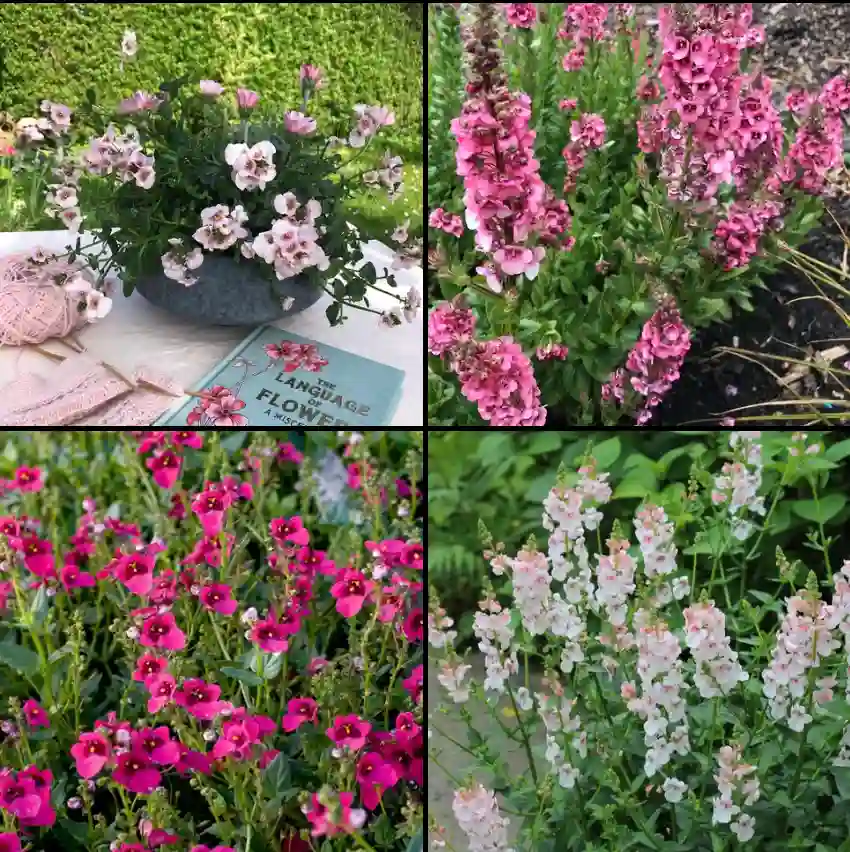My Fascination with Murraya
I’ve always been drawn to the natural world, especially the diverse and often surprising realm of plants. One genus that has particularly captivated me is Murraya, a group of flowering plants belonging to the citrus family, Rutaceae. These plants, native to Asia, Australia, and the Pacific Islands, are more than just pretty faces; they possess a unique blend of beauty, fragrance, and cultural significance that I find endlessly fascinating.
A Diverse Genus
- Murraya alata: This is a tropical shrub or small tree known for its glossy, winged leaves, which set it apart with a distinctively lush, green appearance. Native to Southeast Asia, Murraya alata often grows in rainforests and is appreciated for its dense foliage, which provides habitat for wildlife. The plant produces small, fragrant flowers that add to its aesthetic appeal, making it a popular choice in landscaping for both ornamental and environmental purposes.
- Murraya caloxylon: Murraya caloxylon, or Red Lime Berry, is recognized for its striking red berries and smooth, light-colored bark. Originating from the rainforest regions of Australia, this shrub or small tree produces clusters of fragrant, white flowers, followed by small, red fruit that attract birds. With its compact size and aromatic leaves, M. caloxylon is often planted as a hedge or border plant.
- Murraya glenieii: This lesser-known Murraya species is found primarily in Southeast Asia, especially in forested areas. Murraya glenieii exhibits dense, glossy foliage and a bushy growth habit, making it suitable for natural hedges or ornamental plantings. The plant produces small, white flowers that attract pollinators, and its fruiting berries provide a food source for local wildlife.
- Murraya intermedia: A hardy shrub, Murraya intermedia is native to regions in Southeast Asia and is adaptable to various soil types. The plant has glossy, pinnate leaves and blooms small, fragrant white flowers. While less commonly cultivated than some Murraya species, it is admired for its resilience and ability to thrive in shaded or partial sunlight areas, making it versatile for different landscape uses.
- Murraya lucida: Murraya lucida is known for its lustrous, almost mirror-like leaves, hence the name “lucida” for its glossy appearance. Native to Southeast Asia, this shrub-like species bears clusters of small, creamy-white flowers that are fragrant and bloom throughout the year in warm climates. Its dense foliage makes it ideal for privacy hedges or ornamental plantings, adding a lush look to landscapes.
- Murraya omphalocarpa: This is a rare and distinctive Murraya species found in tropical and subtropical forests in Asia. Murraya omphalocarpa is admired for its unique fruits, which have an interesting round shape, resembling small buttons. The shrub produces attractive white flowers that are lightly fragrant, and it is often cultivated for its ornamental value in botanical gardens and specialized collections.
- Murraya paniculata: One of the most popular and widely grown Murraya species, Murraya paniculata, commonly known as Orange Jasmine, is famous for its highly fragrant white flowers, which resemble orange blossoms. The plant’s dense, evergreen foliage and ability to produce berries make it an attractive hedge or standalone ornamental plant. It is drought-tolerant, easy to maintain, and widely used in gardens around the world. – Plant FAQs: Murraya Paniculata – Orange Jasmine
- Murraya sumatrana: Native to Sumatra, Murraya sumatrana is a small tree that thrives in tropical rainforests. This species has glossy, dark green leaves and produces fragrant, white flowers similar to other Murraya species. It is valued for its aesthetic appeal and for its adaptability to various tropical conditions, where it serves as an excellent choice for exotic garden settings and as a habitat for local fauna.
- Murraya zollingeri: Found in parts of Southeast Asia, Murraya zollingeri is a shrub or small tree that features dense, glossy foliage and clusters of small, white flowers. While not as well-known as Murraya paniculata, this species is prized for its attractive foliage and fragrant blooms. It thrives in tropical environments and can be cultivated as an ornamental addition to shaded gardens or naturalized areas, where it contributes to biodiversity and attracts pollinators.
More Than Just Looks
While the aesthetic appeal of Murraya is undeniable, my fascination goes deeper than mere appearances. I’m intrigued by the cultural significance these plants hold in various societies. For instance, in some cultures, Murraya paniculata is considered a symbol of good luck and is often planted near homes to bring prosperity. The fragrant flowers are also used in religious ceremonies and to create perfumes.
A Deeper Dive
My curiosity about Murraya has led me to delve into its scientific aspects as well. I’ve been exploring the phytochemistry of these plants, learning about the various compounds that contribute to their fragrance and potential medicinal benefits.
I’m also interested in the ecological role of Murraya. These plants provide habitat and food sources for various insects and animals. Their flowers attract pollinators like bees and butterflies, while their fruits are consumed by birds, contributing to seed dispersal.
A Continuing Journey
My exploration of the genus Murraya is an ongoing journey. I’m eager to learn more about the lesser-known species, their potential uses, and their role in the ecosystem. I believe that a deeper understanding of these plants can not only enrich our appreciation of the natural world but also lead to discoveries with practical applications in fields like medicine and agriculture.
The world of plants is full of wonders, and Murraya serves as a perfect example of the beauty, complexity, and utility that the plant kingdom offers. As I continue to learn and explore, I’m confident that my fascination with this remarkable genus will only grow stronger.
If i die, water my plants!



